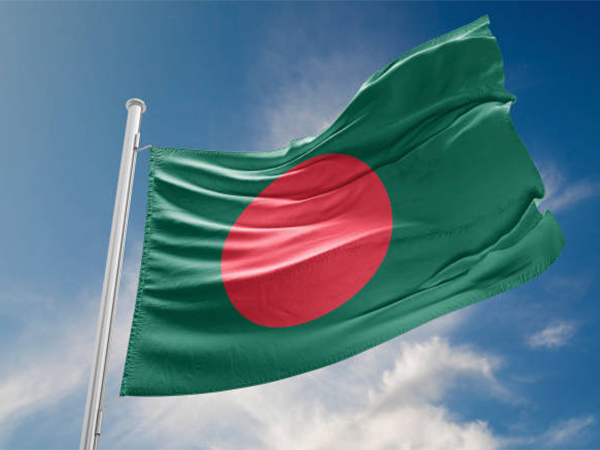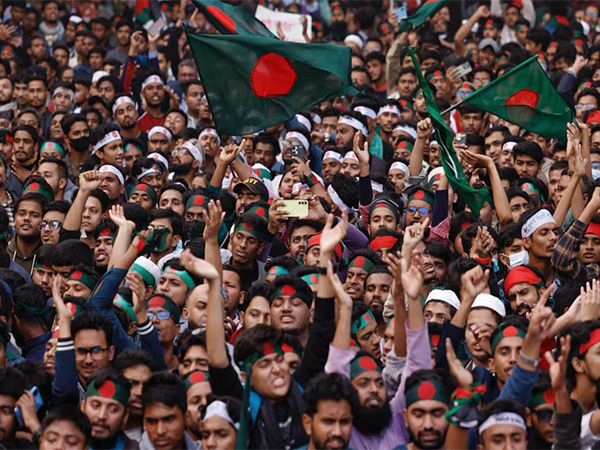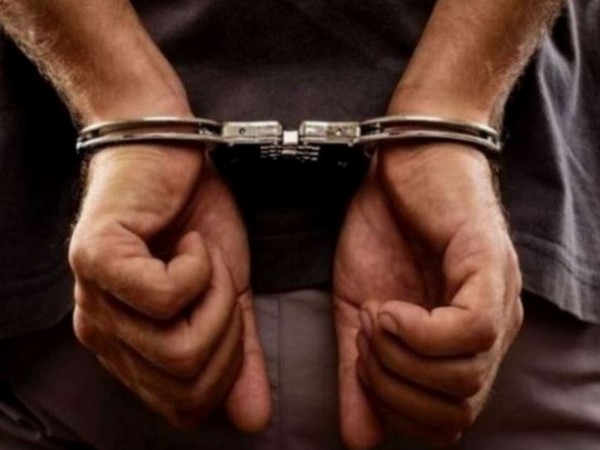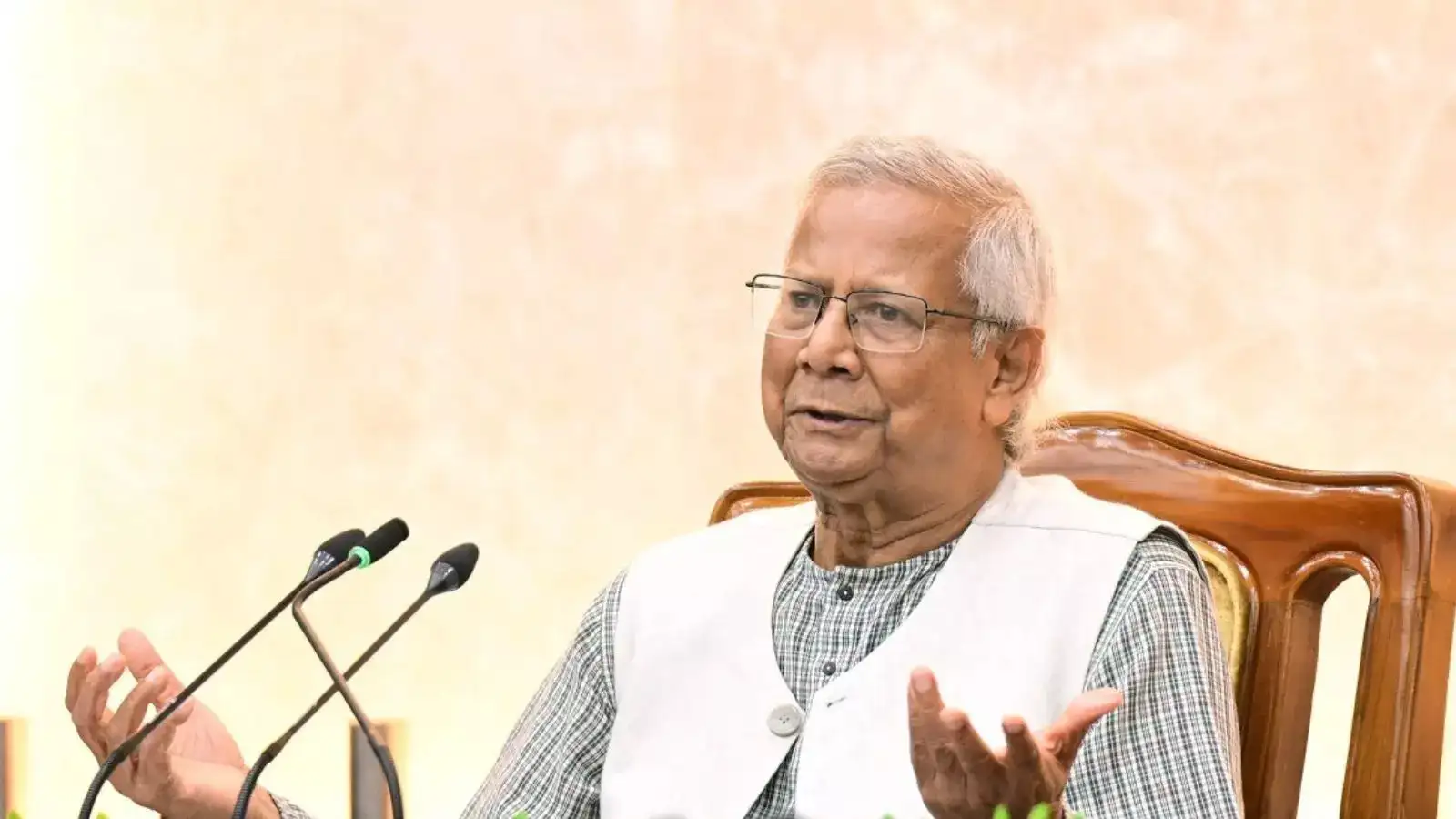Dhaka, Bangladesh – A wave of tragic violence swept through the Gopalgonj district of Bangladesh on Wednesday, July 16, 2025, as clashes between workers of the Awami League and security forces, including the police and army, led to the deaths of at least four individuals. The incident, which unfolded in the hometown of ousted Prime Minister Sheikh Hasina, marks a significant escalation in the already tense political landscape of the nation.
The Spark: National Citizen Party’s Rally Ignites Gopalgonj Protests
The catalyst for the deadly confrontation was a planned rally by the newly formed National Citizen Party (NCP). This party, spearheaded by the youth who spearheaded last year’s mass uprising, has emerged as a potent opposition force, particularly challenging the established order in regions historically aligned with the Awami League.
- NCP’s Southern Ambition: Central leaders of the NCP had journeyed to Gopalgonj, a southern district, with the intention of holding a rally. This move was seen as a direct challenge in a stronghold of the former Prime Minister.
- Attack on Rally-Goers: As NCP leaders and workers attempted to convene, they were met with aggression from Awami League leaders and activists.
- Escalation to Full-Blown Conflict: The initial confrontation quickly spiraled into a massive clash involving Awami League cadres, the police, and the army.
- Security Forces Intervene: To quell the intensifying violence, police and army personnel resorted to firing bullets and tear gas. Local TV channels broadcast live visuals of tear gas plumes and the unsettling sounds of gunfire and what appeared to be cockatiels (a likely misreporting or misinterpretation of sound, possibly implying loud noises or bird-like sirens) echoing through the area.
- Massive Destruction: The rally venue bore the brunt of the violence, with Awami League leaders and workers reportedly vandalizing the site and setting fire to the stage and audience chairs. Eyewitness accounts described Gopalgonj as having been transformed into a battleground.
The Immediate Aftermath of the Gopalgonj Protests
The clashes, which began around noon Bangladesh time, persisted for several hours, continuing until at least 6 PM when initial reports were filed. The severity of the situation necessitated immediate and stringent measures to restore order.
- Curfew Imposed: A curfew was swiftly implemented across Gopalgonj, effective from 8 PM on Wednesday until 6 PM the following day, a clear indication of the authorities’ concern over further unrest.
- NCP Leaders in Custody: NCP leaders, who found themselves trapped amidst the chaos, were subsequently taken into police custody for their safety. While they had previously declared their intent to “win Gopalgonj,” the day’s events saw them seeking refuge under police protection.
- Rumors Fueling Tension: The night before the clashes, unsettling rumors had circulated suggesting that the NCP intended to desecrate the mausoleum of Sheikh Mujibur Rahman, the architect of Bangladesh’s independence, located in Gopalgonj. Such rumors undoubtedly exacerbated existing tensions.
Interim Government’s Stance on Gopalgonj Protests
The interim government of Bangladesh has unequivocally condemned the violence, issuing a strong statement that underscores its commitment to upholding fundamental rights and ensuring accountability.
- Condemnation of Violence: The government labeled the use of violence in Gopalgonj as “utterly indefensible,” emphasizing that preventing citizens from peacefully assembling is a “shameful violation of their fundamental rights.”
- Attacks on Civilians and Media: The statement highlighted that members of the NCP, police, and media personnel were subjected to “brutal attacks,” with vehicles vandalized and individuals assaulted.
- Call for Accountability: The interim government asserted that this “heinous act—allegedly carried out by members of the banned Awami League’s Chhatra League and AL activists—will not go unpunished.” They pledged to swiftly identify the perpetrators and hold them “fully accountable.”
- Praise for Security Forces: The government commended the army and police for their “prompt intervention” in the unfolding crisis.
- Tribute to Resilience: The statement also applauded the “resilience and courage of the students and people who carried on with their rally despite these malicious threats.”
- Justice Will Prevail: Reaffirming its stance, the government declared, “Those responsible for this brutality will face justice. Let it be made absolutely clear: violence has no place in our nation. Justice must and will prevail.”
The Broader Implications of the Gopalgonj Protests
The recent events in Gopalgonj serve as a stark reminder of the deep-seated political divisions and the fragility of peace in Bangladesh. The clash between the established political machinery and the emerging youth-led opposition signifies a critical juncture for the nation’s democratic future. As the country grapples with the aftermath, the international community watches closely, hoping for a resolution that prioritizes human rights and stability. The interim government’s swift condemnation and promise of justice are crucial first steps, but the true test will be in their ability to deliver on these assurances and prevent further bloodshed.
Discover more from RastriyaSamachar24x7
Subscribe to get the latest posts sent to your email.




